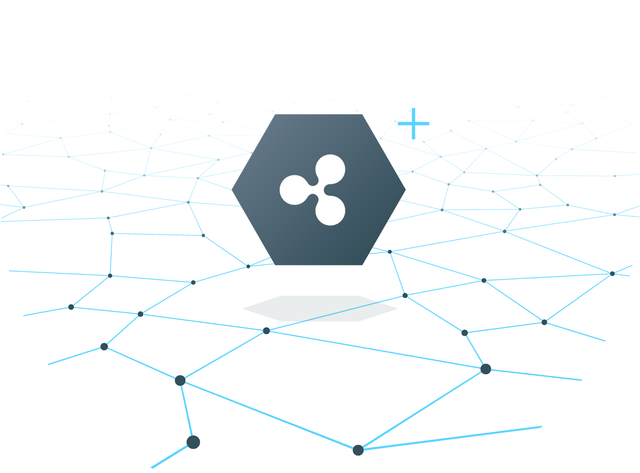A Beginner’s Guide to Ripple
Blockchain was brought to light through its first application, bitcoin. Wall Street institutions are now interested in using blockchain for their own endeavors.
Reason Behind Its Development
Ripple Labs developed Ripple in order to enable the transfer of money in any currency to any currency very quickly…in a matter of seconds. Such speed would allow the network to compete, and possibly overcome older banking systems like SWIFT, Western Union, and PayPal. This notion is known as an Internet of Value (IoV), where money can be transfered at the speed information is transfered today.Ripple was made to mitigate frustrations posed by traditional payment systems like transactions fees and processing delays. Using blockchain as way to keep track of transactions also allows the network to become more secure. David Shwartz, Ripple’s chief cryptographer, noted that “big companies lose their control over the flow of other people’s money just as they’ve lost control over the flow of information.”
More Than Just a Cryptocurrency
The Ripple platform is a real-time gross settlement (RTGS) system with the following characteristics:
- RippleNet — the global payments network or the backbone of the platform. RippleNet connects banks and institutions together to transfer money through the network.
- RTXP — Ripple’s transaction protocol. It is an open-source distributed set of rules that tells the network what to do.
- XRP Ledger — All transactions on RippleNet are recorded here. It was known formerly as the Ripple Consensus Ledger.
- XRP — the cryptocurrency that allows the transfer of different fiat currencies to each other.
Ripple’s cryptocurrency is known as a token, and is technically named XRP token. This cryptocurrency is not meant to be money itself, but it does hold a value that is traded on exchanges. XRP can be thought of as a giftcard to a retail store.XRP is not mined. All of it is available on the platform, but only a few are released into the market every month to avoid flooding. This is a distinct difference between Ripple and traditional cryptocurrencies.
Ripple does not have transaction fees like other cryptocurrencies. However, it does take a small portion of each transaction (around 1/1000 of a cent). This small amount is destroyed in order to prevent millions of simultaneous transactions by one individual.
Privacy and Centralization Concerns
While the reason for Ripple’s development is helpful to many, it is important to consider the following concerns:
- Ripple is marketed exclusively to banks, which can cause concern over liklihood of future government interference.
- Unlike most cryptocurrencies, which allow its coins to be mined and acquired by anyone, Ripple owns the majority of XRP. Such tradecraft makes XRP centralized. To mitigate this, released tokens are now locked into a smart contract, but these tokens must still go through Ripple before its release.
Benefits for Banks
Global banks have seen the benefits in using Ripple:
- Transactions take a maximum of 4 seconds
- Banks for not need to implement exchange fees.
- Ripple helps foster the transfer of money in different fiat currencies, unlike bitcoin, which works in lieu of a currency. As a result, bitcoin is seen as a competitor to traditional banks, while Ripple helps foster existing goals that these banks have.
At least 75 banking institutions have joined Ripple, as of 2017:
- Some big name clients include Bank of America, Westpac, Axis Bank, American Express, Standard Chartered, UBS, UniCredit, SanTander, BMO, and RBC.
- 47 banks in Japan implemented Ripple through their own consortium.
New Offerings
Ripple Labs recently added more offerings to their suite of products for RippleNet:
- xCurrent — a payment procesing solution that allows instant transactions internationally, as well as tracking and messaging features.
- xRapid — uses XRP to lower liquidity cost of payments (still in development).
- xVia — interface for payments that enables users to send money internationally through banking providers on RippleNet.
Future of Ripple
The future of Ripple is largely dependent upon widespread acceptance among banks. As more banks join the network, the price will continue to increase.
XRP is still a long way from being accepted as widely as bitcoin and etherum. It is important to note that Ripple was never meant to be used as a payment method. It is meant to make fiat currenciy transfers easier, faster, and more secure.
There is currently no way to directly buy Ripple with a debit card, credit card, or bank account in the USA. Users will have to first buy bitcoin and then transfer it using an exchanger that has Ripple.Sources: Ripple, CoinDesk, Finder, BuyBitcoinWorldwide, Mashable
